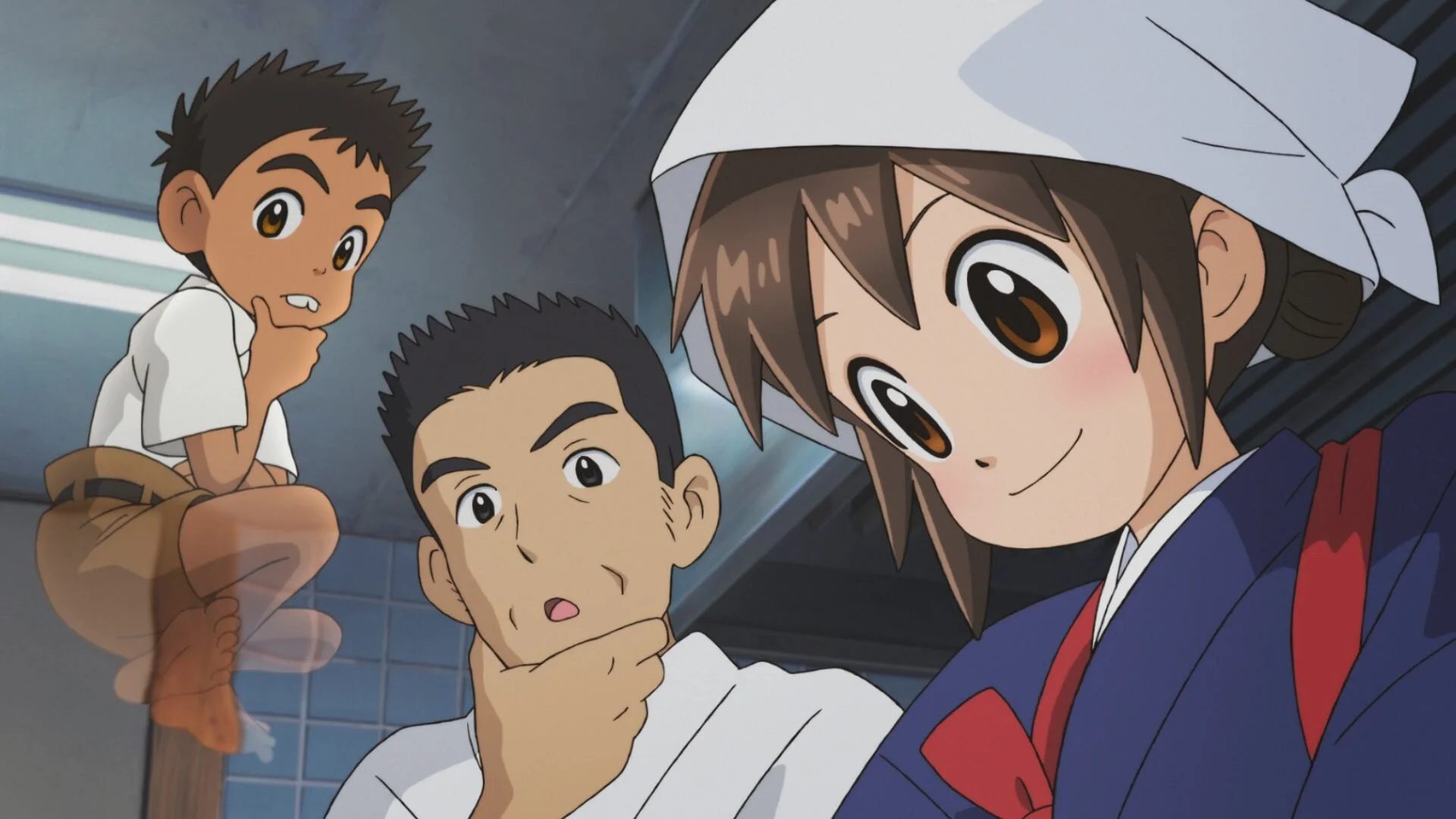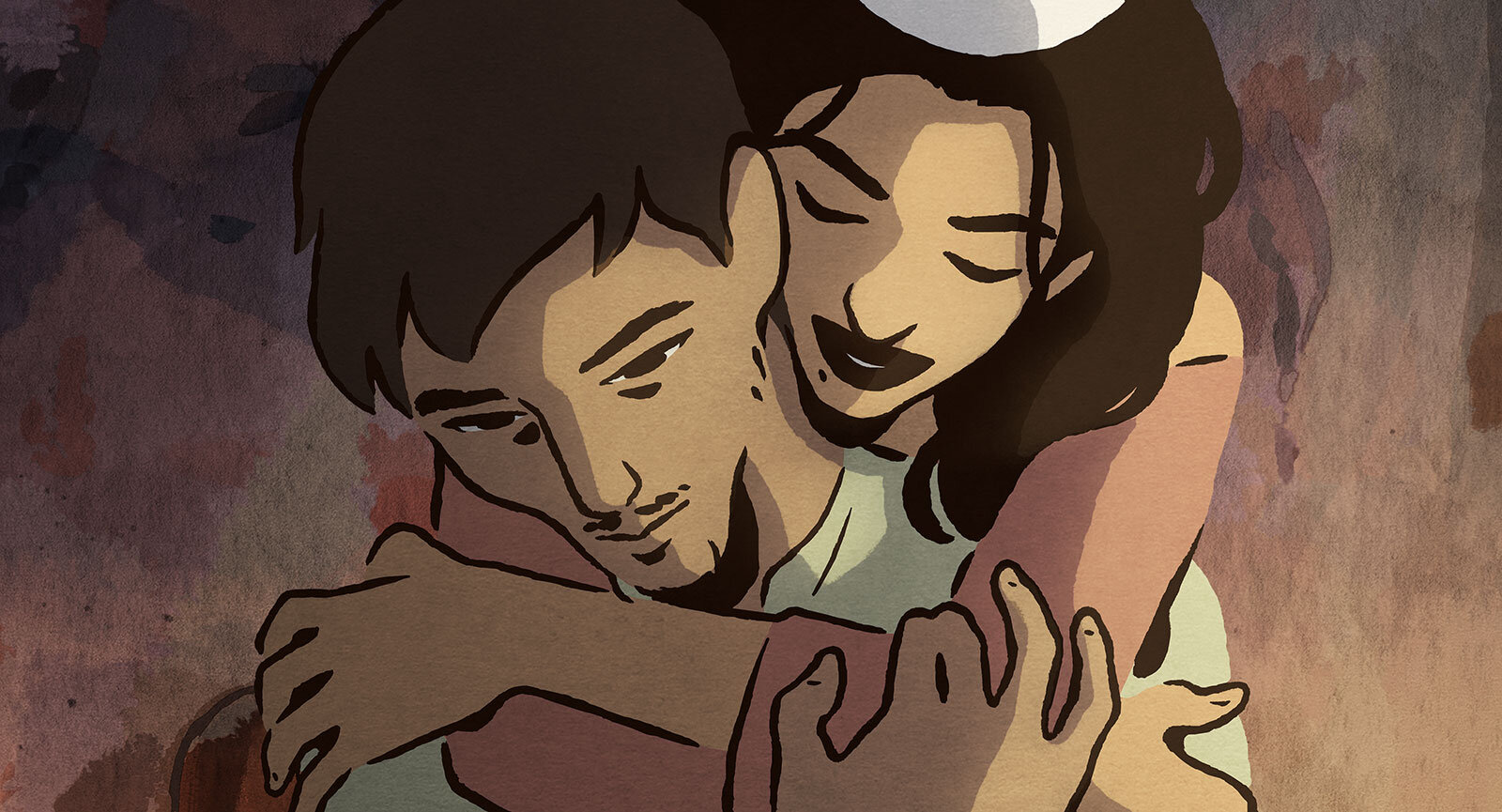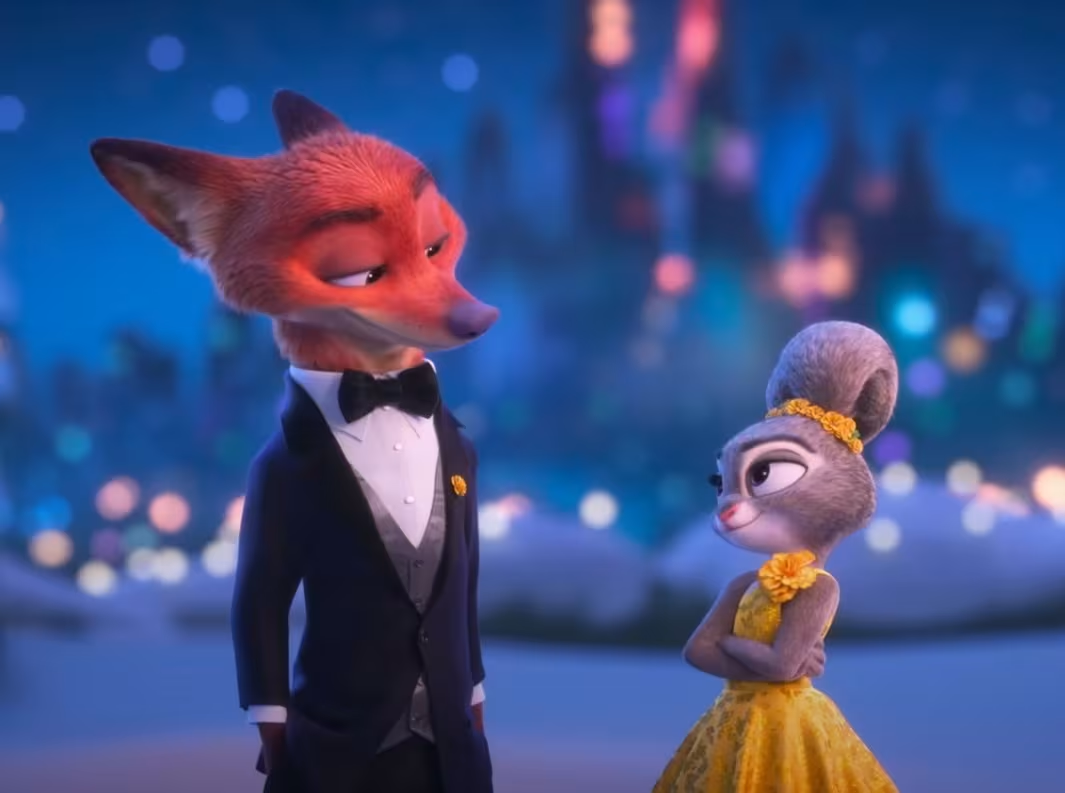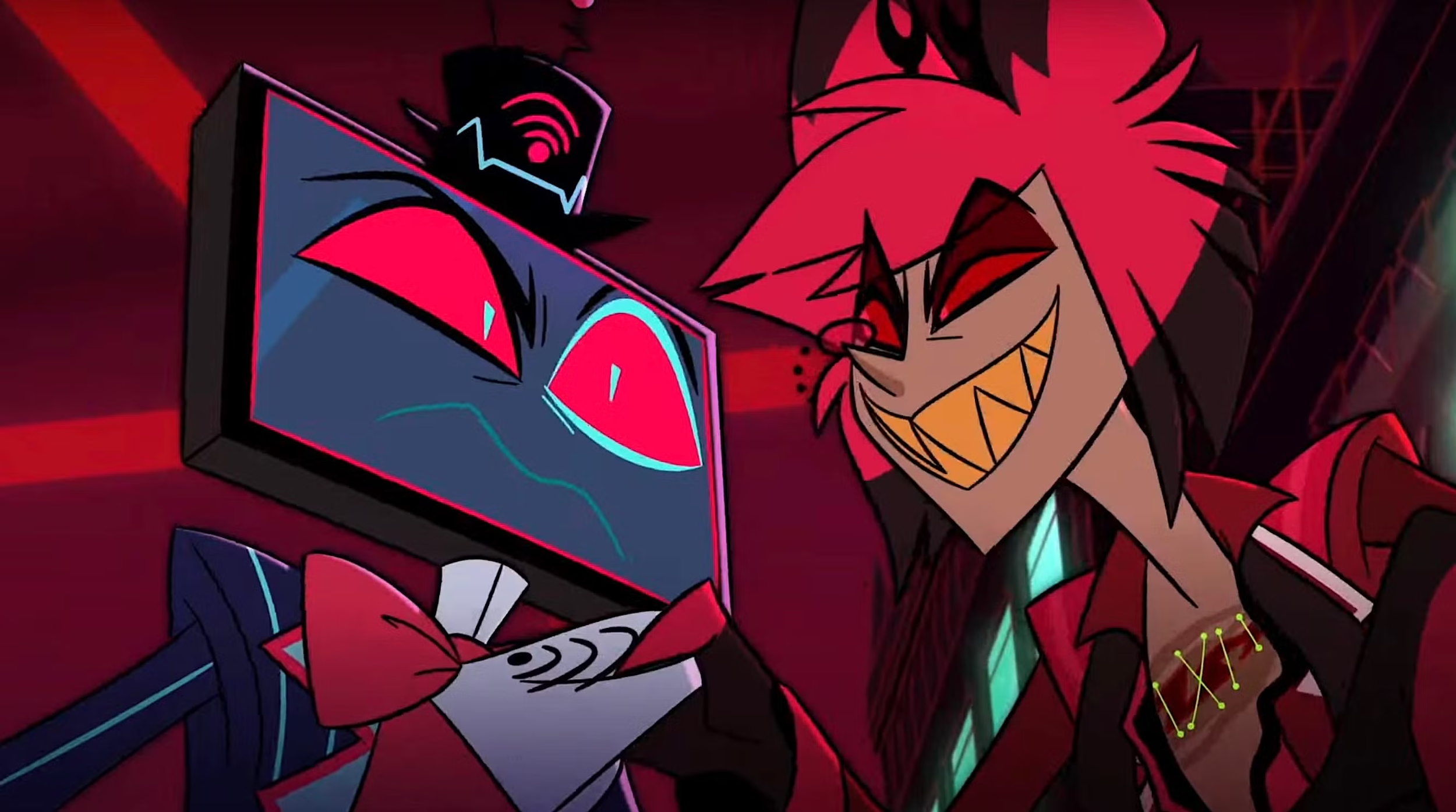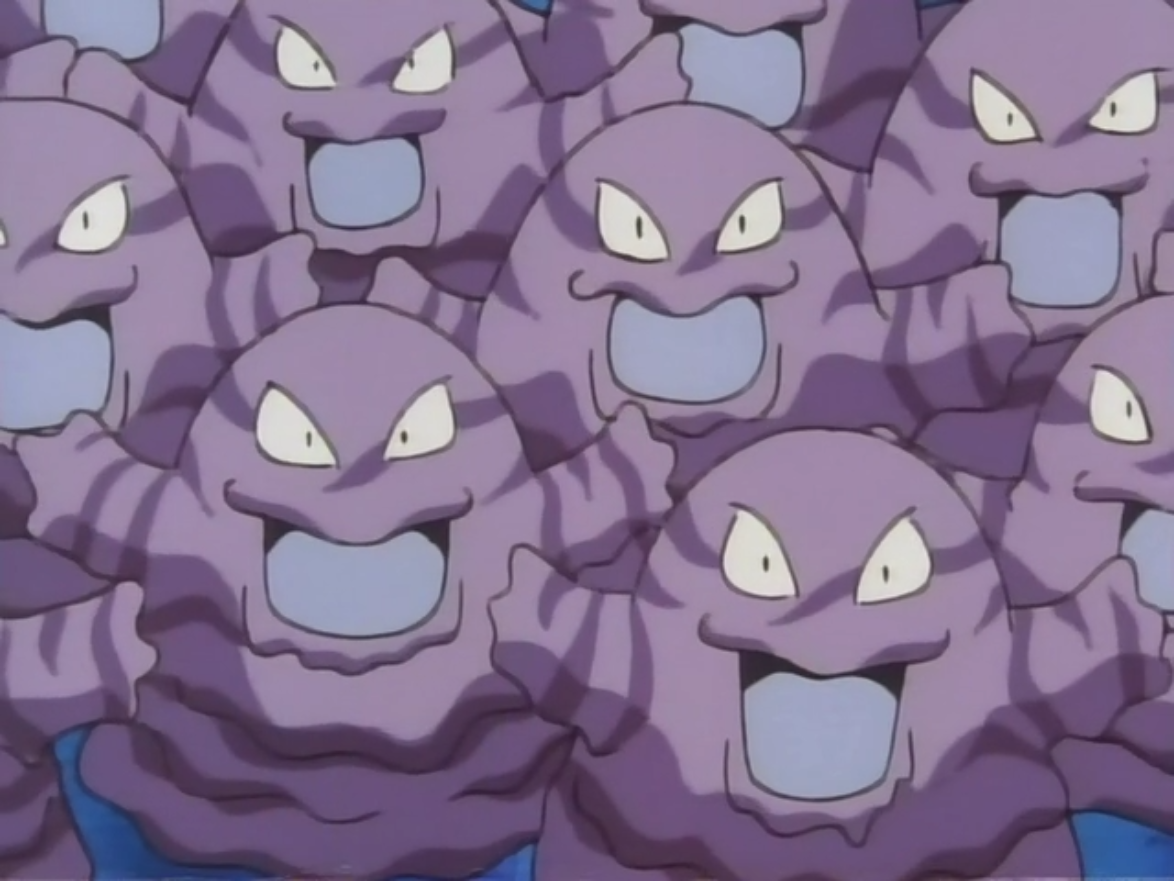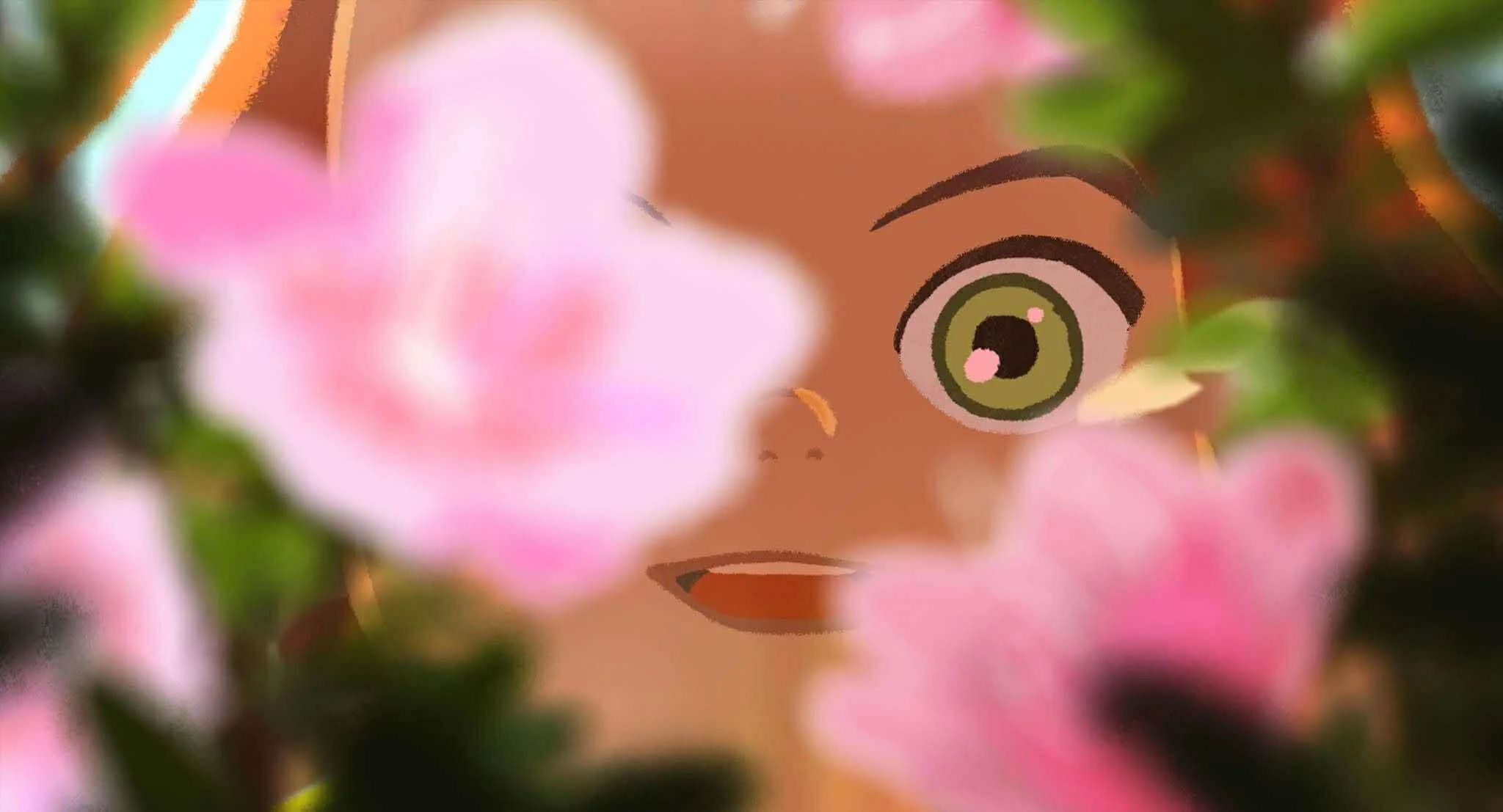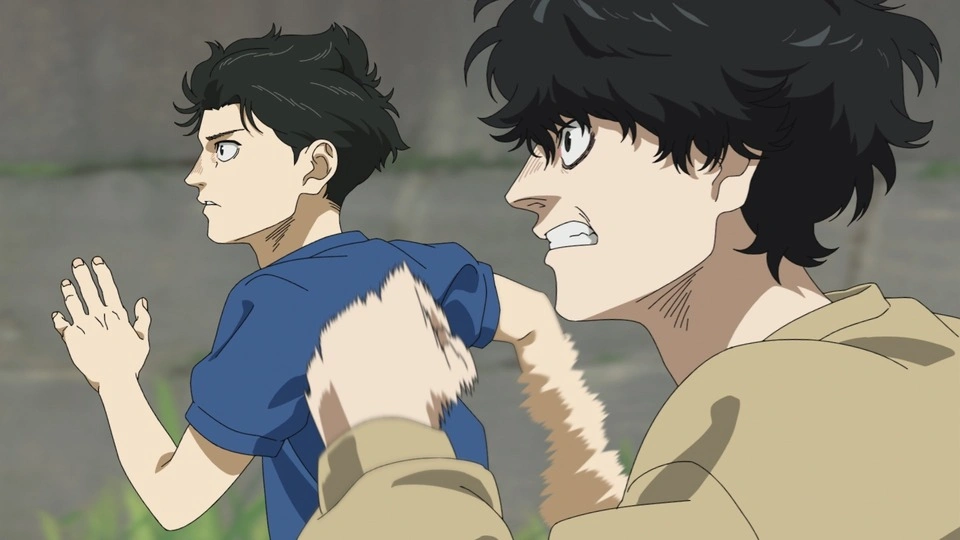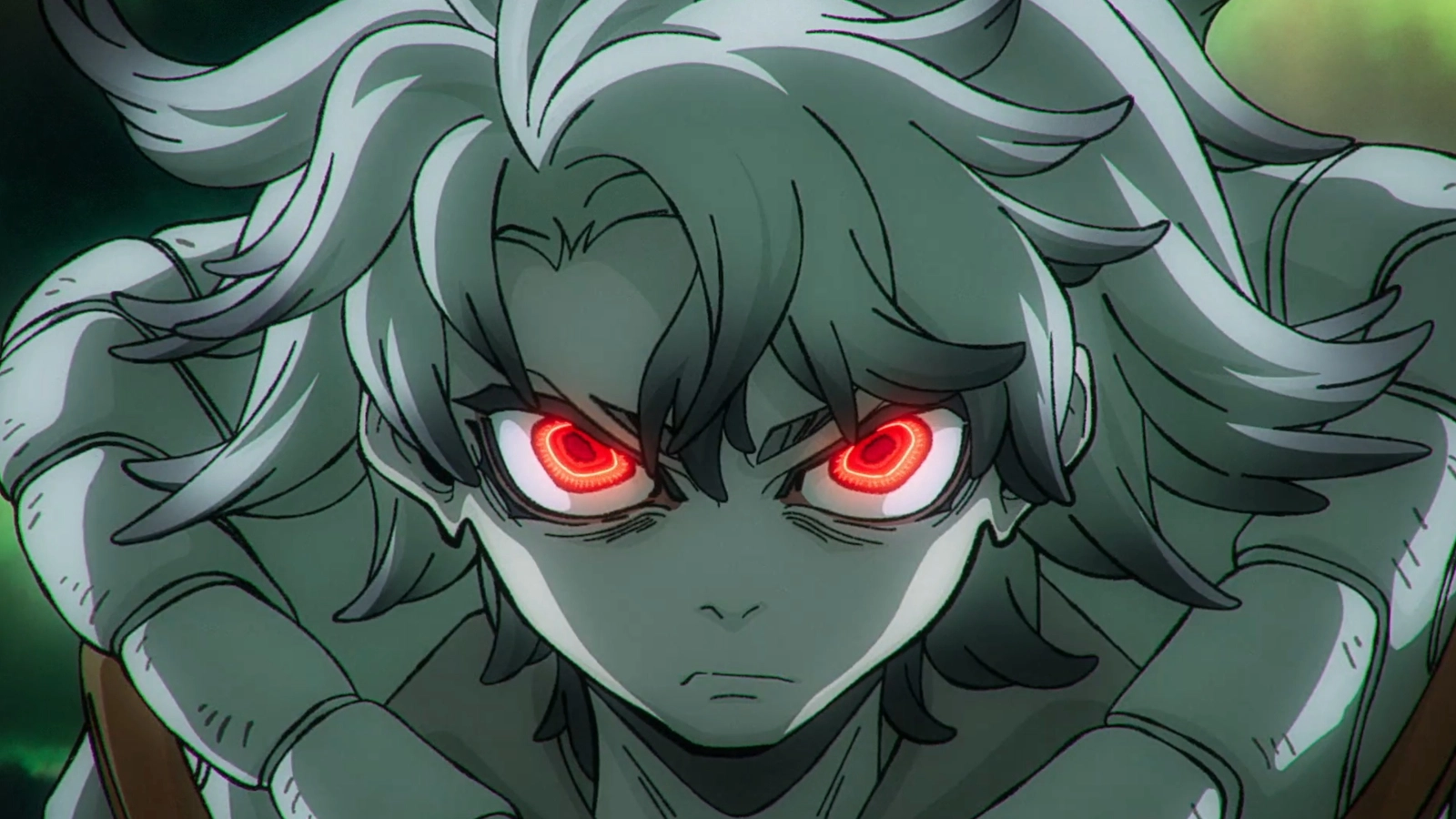A Measured Response to the Demand of 2D Animated Films...
In a very impassioned editorial, The Animation Guru has a few choice words about the always pressured demand from audiences to “bring back 2D Animated Films,“ and his thoughts on the matter…
You see it all of the time online from animation fans and critics. Every other day, there is a cry for studios to go back to their roots to make 2D animated films. Apparently, in the world of animation, 2D films are dead. They don’t get made anymore, they say. They only make “cheap” CGI animated films, and so on. It’s a sort of good faith cry for a return to the beauty of 2D animation, while the industry is already diving into a time period of experimenting more with CGI animation and mixing it with 2D elements and sensibilities.
There’s a problem with this outcry though. They act like 2D films are just as easy to make as CGI films, and only complain that 2D animated films are dead because the big US studios won’t make them anymore. Listen, you can assume that a lot of animation fans are sensible and actually do their research, but most of the time, they don’t. They think it’s just as easy to make something as complex and time-consuming as a film in a day. They also think that studios can simply go back to the old days of making 2D animated films with all of the different tools that animation studios used back in the day. Or the fact that studios are still training 2D animators for even the smallest of 2D elements. That’s not at all true. This is a constant problem all over the world of animation. You could even go into an entirely different editorial, talking about the fact that Japan is not investing in training new 2D animators, paying their animators better, or slowing down the production of animation. Plus, why would you want to go back to using tedious tools or practices of the older Disney 2D films?
To be clear, this isn’t a bash against 2D animation, nor is this a pro CGI animation editorial. It’s more of a call-out to bad animation fans asking for something that will actually need more work, time, people, and money put into it than they think. Not to say every animated film needs $90 million-plus for every film, but 2D frame-by-frame animation is extremely time-consuming, aka expensive. Depending on the team size, it could take a year or more to just do a short. This is why so many amazing 2D features are coming from overseas, but they tend to take longer than usual to make because of small budgets and small teams. There is a reason why amazing studios like Cartoon Saloon put out a film every four or so years. If there was a way we could make this happen, that would be cool, but there are so many roadblocks in the way. That is one of the reasons why CGI has, for the most part, taken over.
Plus, for the many “fans” that complain about the lack of 2D animated films, when they actually do come over, instead of seeings these films, the “fans” tend to use that time to complain and harass hardworking animators working on shows with production decisions that they don’t have 100% control over. Yeah, not taking the pandemic into the overall situation, animation fans sure do love to complain about wanting something but then doing the exact opposite when they do get what they want. If a 2D animated film from Japan, France, the UK, Ireland, or what have you, is getting a theatrical release in your city, town, and area, then you need to make that film a financial hit for the theater it’s playing at and the companies that are bringing it over. Instead of seeing the next big blockbuster that you have already seen once, or doing a bad movie night, go see the 2D animated films that have smaller audiences and got a small release.
Also, 2D animated films are still coming out all over the world. If you all expand your horizons and check out the other side of animation that’s not from the US, you would find yourself inside an ocean of amazing animated films that are from all over the world. They are not just from Japan, but France, Ireland, the UK, Spain, Denmark, Russia, and you get the idea. The point is, that they have never stopped being made, and saying so is intellectually dishonest and ignorant.
If you want 2D animated films to thrive and survive, then you need to watch them, or else they will head to even smaller theatrical runs or end up on Netflix. By the way, it’s not a bad thing if they end up on Netflix, they might do better there than in a theatrical release. Are you mad that Aardman is essentially partnering up with Netflix? Well, that’s what you get for not seeing their last few films in theaters. Even if you didn’t like them, you still let them die in theaters. Same with Laika. Do you want to see stop-motion films get made? Well, you had better actually go see them. The industry will make these films, and companies will bring these films over, but you need to tell them that. No torrenting. No pirating. You will have to begrudgingly go out of your way to see these films.
I mean, some of you last year traveled around the US during a pandemic to see a theatrical screening of Tenet. If you can put that much effort into seeing a Nolan film that a lot of you ended up hating, then you can take that time to see 2D animated films in theaters. You know those animation-focused YouTubers making videos about one show that they hate/hate-watch (which does actually help the viewership and not hurt it) or talking about films that don’t take a rocket scientist to know are bad? They could easily use that time to make videos talking about 2D animated films that get theatrical releases and tell their millions of viewers and subs to go see those films. If you can make films like Promare and Weathering With You a financial hit in the states, then you can take that energy and see other 2D films and make them financial hits as well.
Now, distributors, you also need to find a way to invest more money and time into widening release schedules. We all know you want to hit the biggest film cities in states like California and New York, but there are smaller towns and cities that don’t get catered to, and have to wait until the films hit on-demand or store shelves to support them. Heck, team up with online writers and video makers for free marketing. I’m always available. You also need to bring over the films in question. There are audiences for animated films from overseas. Please try to bring over as many as possible. That means that moviegoers should go in mass to their theaters and request/demand that they play the films from the likes of Eleven Arts, GKIDS, Shout! Factory, and you get the idea.
This sprawling epic editorial was spawned from a tweet that reminds me as an animation fan and critic why we need to be more critical of the animation fandom and community, because you all need to stop contradicting yourselves. If you want more 2D films, then you need to make sure to watch them wherever they show up. If they show up on Netflix, then watch them on Netflix. If they show up in a theater near you, go see them there. Make them as financially successful as major theatrical films, tentpole blockbusters, and some of the bigger indie films. You, as a consumer, need to tango with the distributors and studios to make the films hits in theaters. It’s as optimistically easy as that.


